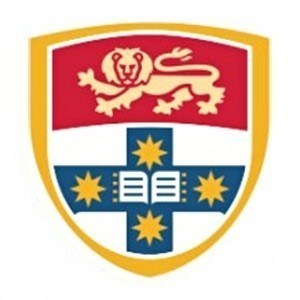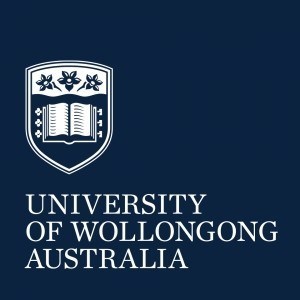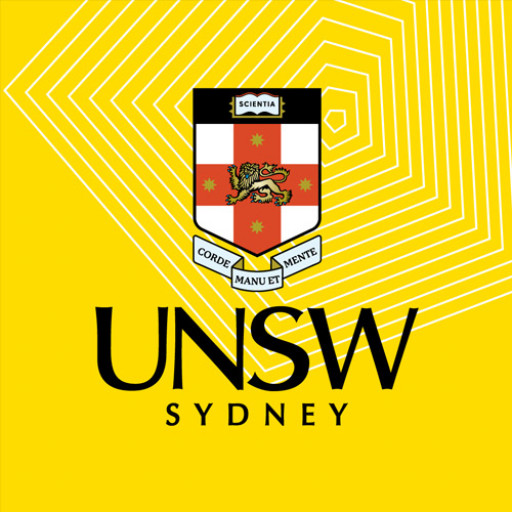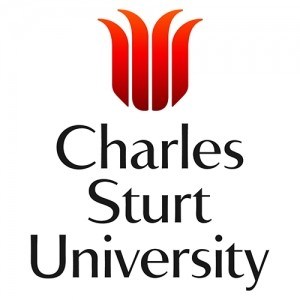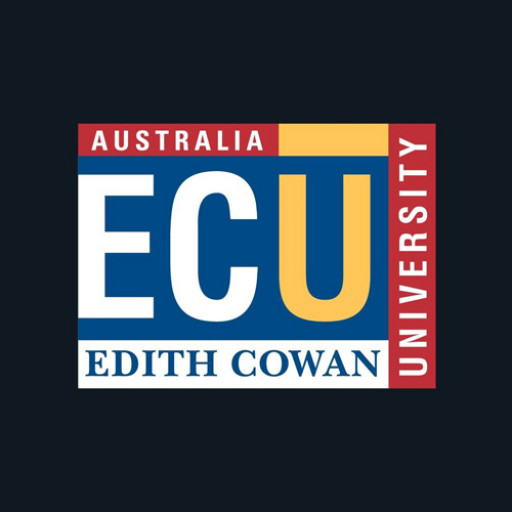Photos of university / #sydney_uni
The Bachelor of Medical Imaging Science at the University of Sydney is a comprehensive undergraduate program designed to prepare students for a dynamic and evolving healthcare profession. This innovative degree provides students with a solid foundation in the principles and practices of medical imaging, combining theoretical knowledge with practical skills to ensure graduates are well-equipped to contribute effectively in clinical environments. Over the course of the program, students explore various diagnostic imaging modalities including X-ray, magnetic resonance imaging (MRI), computed tomography (CT), ultrasound, and nuclear medicine. The curriculum emphasizes the importance of patient care, safety, and ethical considerations, fostering a professional identity rooted in compassion, responsibility, and technical excellence.
The program is structured to be both challenging and rewarding, offering a blend of classroom learning, laboratory work, and clinical placements. Through partnerships with hospitals and healthcare facilities, students gain valuable hands-on experience, enabling them to apply their theoretical knowledge to real-world situations. This practical training is integral to developing confidence and competence in operating complex imaging equipment, interpreting image results, and communicating effectively with patients and medical team members.
In addition to technical skills, the degree program emphasizes critical thinking, problem-solving, and lifelong learning, preparing graduates to adapt to technological advancements and changes within the healthcare industry. Students will learn about anatomy, physiology, pathology, and the physics underlying various imaging techniques, ensuring a holistic understanding of the medical imaging profession. The program also covers important aspects of healthcare law, ethics, and professional conduct, which are essential for providing high-quality patient care and complying with industry standards.
Graduates of the Bachelor of Medical Imaging Science will be eligible to work as radiographers, medical imaging technicians, or pursue further specialization through postgraduate studies. The university’s strong industry links and dedicated academic staff provide excellent networking opportunities and mentorship, supporting students throughout their educational journey and into their careers. With a focus on innovation, professionalism, and patient-centered care, the Bachelor of Medical Imaging Science at the University of Sydney equips students to become competent, ethical, and reflective practitioners capable of making meaningful contributions to the medical imaging field and the broader health sector.
The Bachelor of Medical Imaging Science at the University of Sydney is a comprehensive undergraduate program designed to prepare students for a dynamic and rewarding career in medical imaging and radiography. Throughout the course, students gain a strong foundational knowledge of human anatomy, physiology, and pathology, which is essential for accurate diagnosis and patient care. The program combines theoretical learning with practical hands-on training, ensuring that graduates are well-equipped to operate advanced imaging technologies, such as X-ray, computed tomography (CT), magnetic resonance imaging (MRI), ultrasound, and nuclear medicine.
Students will explore the principles of radiation physics, safety procedures, and ethical considerations in medical imaging practice. The curriculum emphasizes the importance of patient care, communication skills, and professionalism in clinical settings. Additionally, the program includes extensive clinical placements, providing students with real-world experience in hospitals and radiology clinics under the supervision of experienced practitioners. These placements allow students to develop critical skills in image acquisition, patient management, and interprofessional collaboration.
The program also highlights emerging trends in medical imaging, including digital imaging, 3D reconstruction, and interventional radiography, preparing students for technological advancements in the field. Graduates of the Bachelor of Medical Imaging Science will be eligible to register as radiographers with the relevant professional bodies, opening pathways to diverse career opportunities in hospitals, clinics, research institutions, and industry sectors focused on medical technology.
The university's state-of-the-art laboratories, experienced faculty, and strong industry connections ensure that students receive a high-quality education aligned with contemporary clinical practices. Whether aspiring to work in diagnostic imaging, research, or healthcare management, students will find this program provides a robust platform for professional development and lifelong learning in the highly specialized field of medical imaging.
Program requirements for the Bachelor of Medical Imaging Science at The University of Sydney include completing all core and elective courses as specified in the curriculum. Prospective students must have completed secondary education with a strong background in sciences, particularly in Biology, Physics, and Chemistry. Admission pathways often require meeting the university’s entry standards, including the Australian Tertiary Admission Rank (ATAR) or equivalent qualifications. International applicants must demonstrate English language proficiency through tests such as IELTS or TOEFL, meeting the minimum score requirements set by the university. The program emphasizes both theoretical knowledge and practical skills, requiring students to undertake clinical placements in approved medical imaging facilities. These placements are integral to gaining hands-on experience in radiography, MRI, CT scans, and other imaging modalities. Students are also expected to participate in laboratory work, workshops, and tutorials designed to enhance their technical and analytical abilities. Regular assessments include written examinations, practical demonstrations, research assignments, and project work. To progress through the program, students must achieve a passing grade in all components and maintain an overall satisfactory academic standing. Additionally, the program may require submission of a criminal record check and proof of immunizations for clinical placements. Certain courses might have pre-requisite subjects or co-requisites, which students must complete prior to enrollment. The university encourages applicants to consult the official handbook and admission guidelines for detailed entry criteria and program specifics. Successful graduates will be equipped with professional competencies necessary for registration and employment in medical imaging departments, adhering to ethical standards and safety regulations.
The University of Sydney offers a comprehensive range of financing options for students enrolled in the Medical Imaging Science program. International students are encouraged to explore scholarships, including the Sydney Scholars Awards, which provide financial assistance based on academic merit. Additionally, the university offers the International Research Scholarships and Research Training Program Scholarships for students undertaking research components within their degree. Domestic students may access government loans such as HECS-HELP, which defers tuition fees until the student is earning above the repayment threshold, making education more accessible. The university also provides a range of faculty-specific scholarships and bursaries designed to support students facing financial hardship or exceptional academic achievement.
Students are advised to plan their finances carefully, considering the cost of tuition, living expenses in Sydney, and additional study-related costs such as textbooks and equipment. The cost of the Medical Imaging Science program varies depending on the student's residency status; international students typically pay higher fees than domestic students. To assist with accommodation costs, many students seek financial aid through private loans or part-time work opportunities permitted under their student visas. The university's Career Services offers guidance on part-time employment options in the Sydney area, which can help offset living expenses.
The university also provides financial counseling services to help students manage their budgets and explore suitable funding options. For those interested in research pathways or combined degree programs, there are specific funding opportunities aimed at supporting advanced study and research activities. Many graduates find part-time or casual employment within hospitals, imaging clinics, or university services, which can supplement their income during their studies. Overall, the University of Sydney's financing studies options are designed to support students through each stage of their academic journey, promoting accessibility and success in the Medical Imaging Science program.
The Bachelor of Medical Imaging Science at the University of Sydney is a comprehensive undergraduate program designed to prepare students for a career in medical imaging and radiography. This degree combines foundational knowledge in health sciences with specialized training in imaging techniques such as X-ray, ultrasound, computed tomography (CT), magnetic resonance imaging (MRI), and nuclear medicine. The program emphasizes both theoretical understanding and practical skills, ensuring graduates are well-equipped to operate complex imaging equipment, interpret imaging results, and collaborate with healthcare professionals to diagnose and treat medical conditions effectively.
Students enrolled in this program undertake a multidisciplinary curriculum that includes anatomy, physiology, pathology, radiation physics, and patient care. Clinical placement forms a fundamental part of the degree, offering students real-world experience in hospital and clinical settings under the supervision of experienced radiographers. This practical component helps students develop competency in patient management, safety protocols, and the technical aspects of imaging procedures.
The program is accredited by relevant professional bodies, ensuring graduates meet national standards for registration and employment in the health sector. Career pathways for graduates include roles as radiographers, imaging scientists, and medical imaging technologists across hospitals, outpatient clinics, specialized imaging centers, and research institutions. The degree also provides a solid foundation for further postgraduate studies in medical imaging, radiology, or related health sciences.
The University of Sydney’s facilities support student learning with state-of-the-art imaging laboratories and simulation environments that replicate hospital settings. The university fosters a collaborative learning environment with opportunities for research, innovation, and professional development. Additionally, students benefit from connections with leading healthcare providers and industry experts, gaining insights into emerging technologies and practices in medical imaging.
With a focus on quality education and clinical competence, the Bachelor of Medical Imaging Science aims to produce skilled professionals capable of contributing to advancements in medical diagnostics and patient care. The program’s curriculum is regularly reviewed to reflect technological advances and evolving clinical practices, ensuring graduates remain at the forefront of the medical imaging field.
